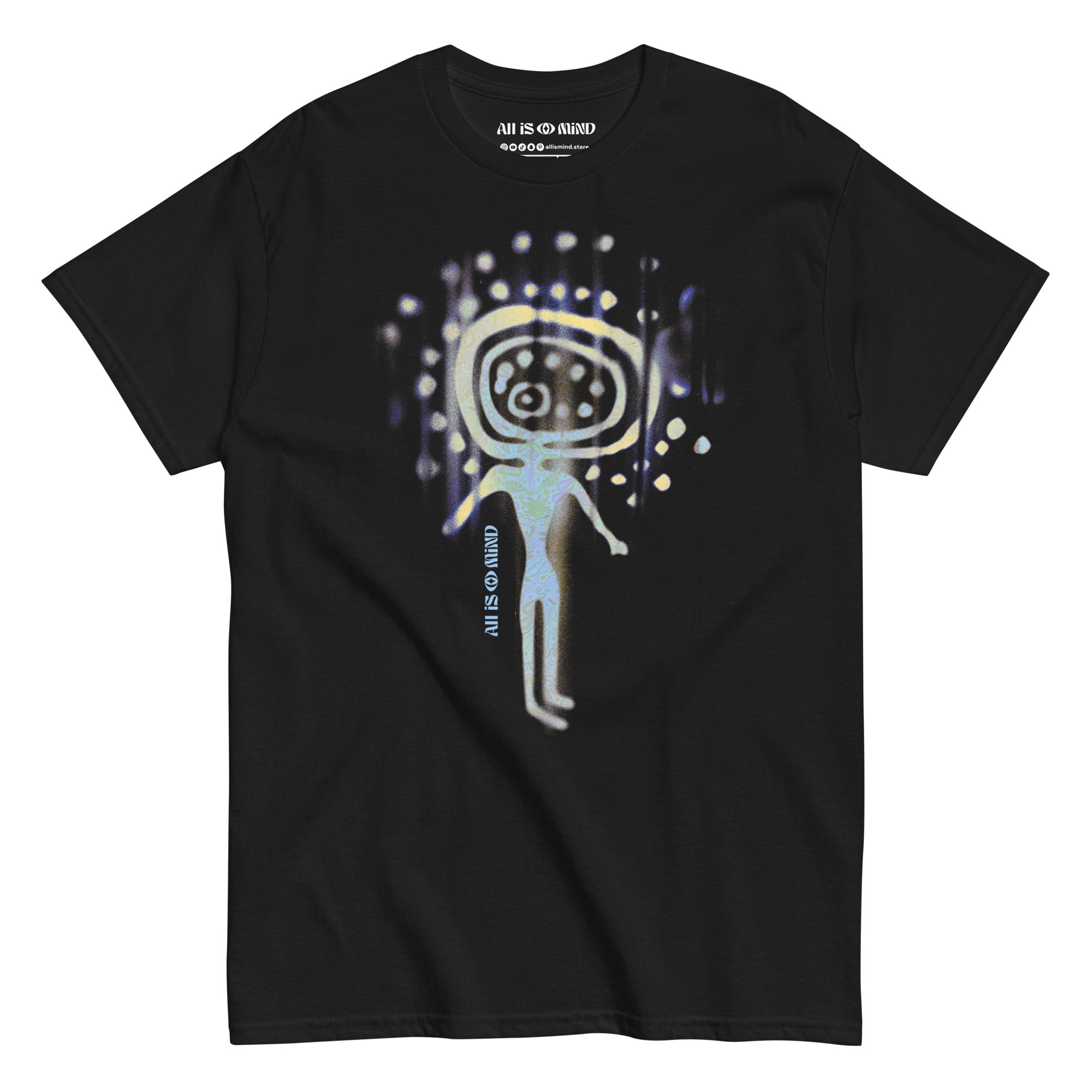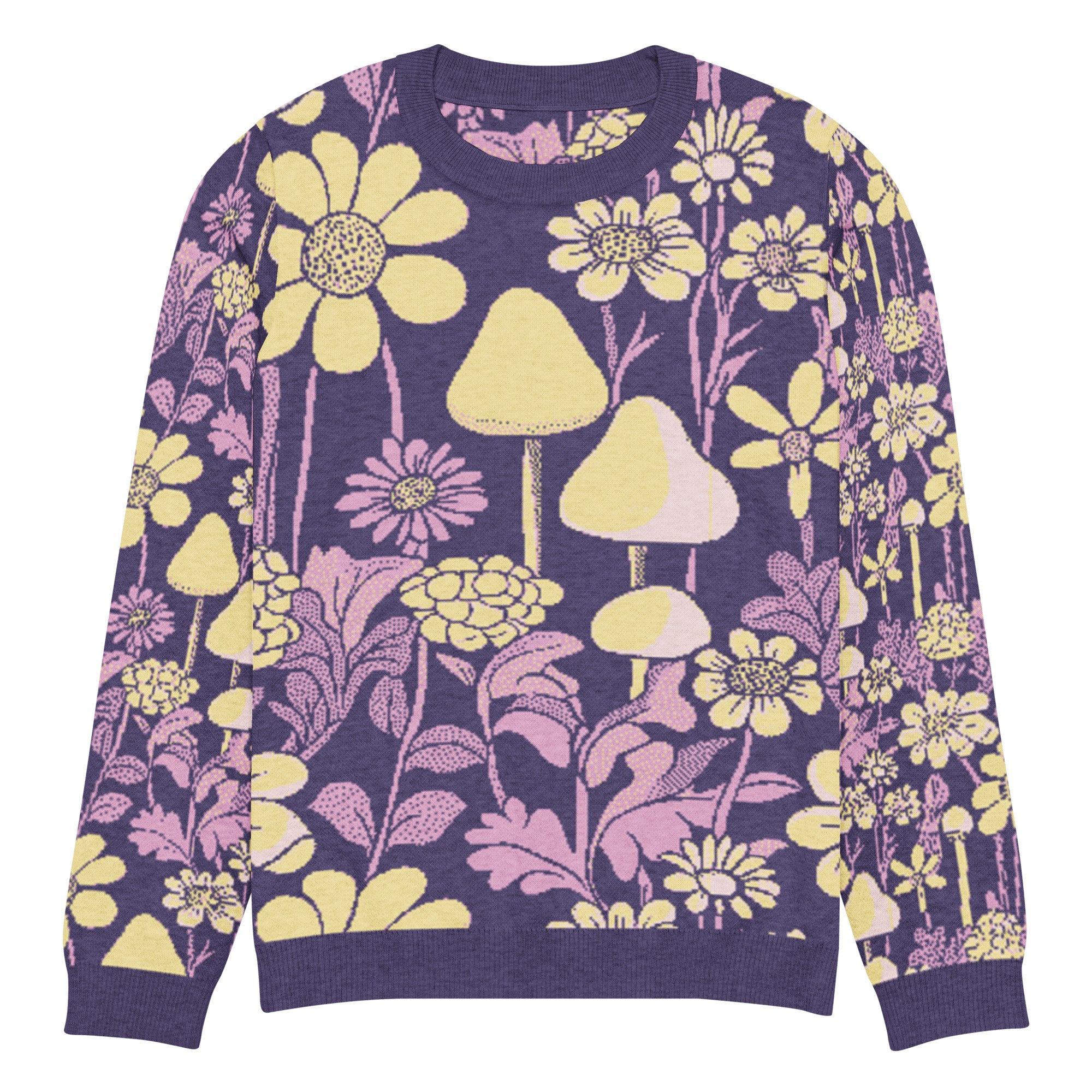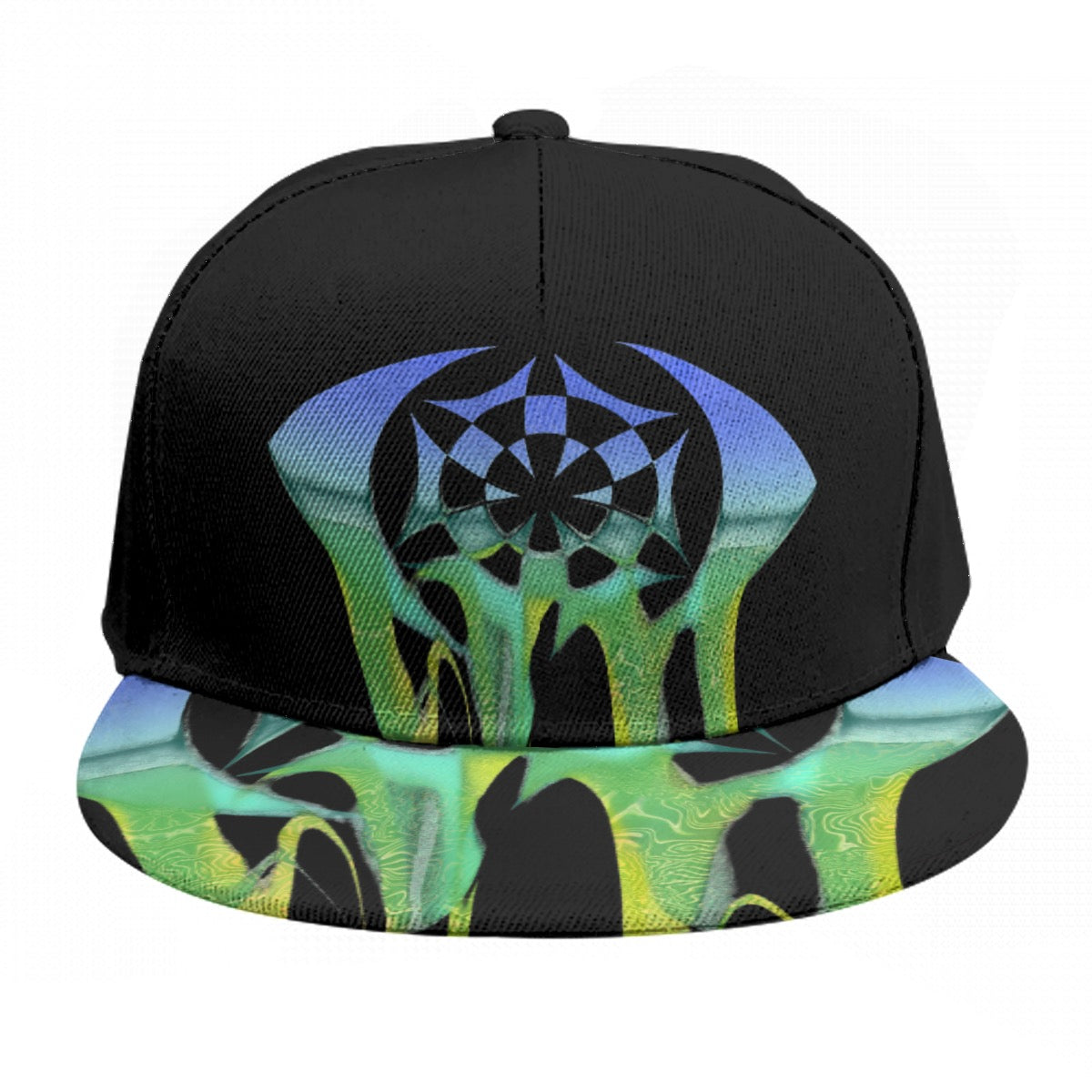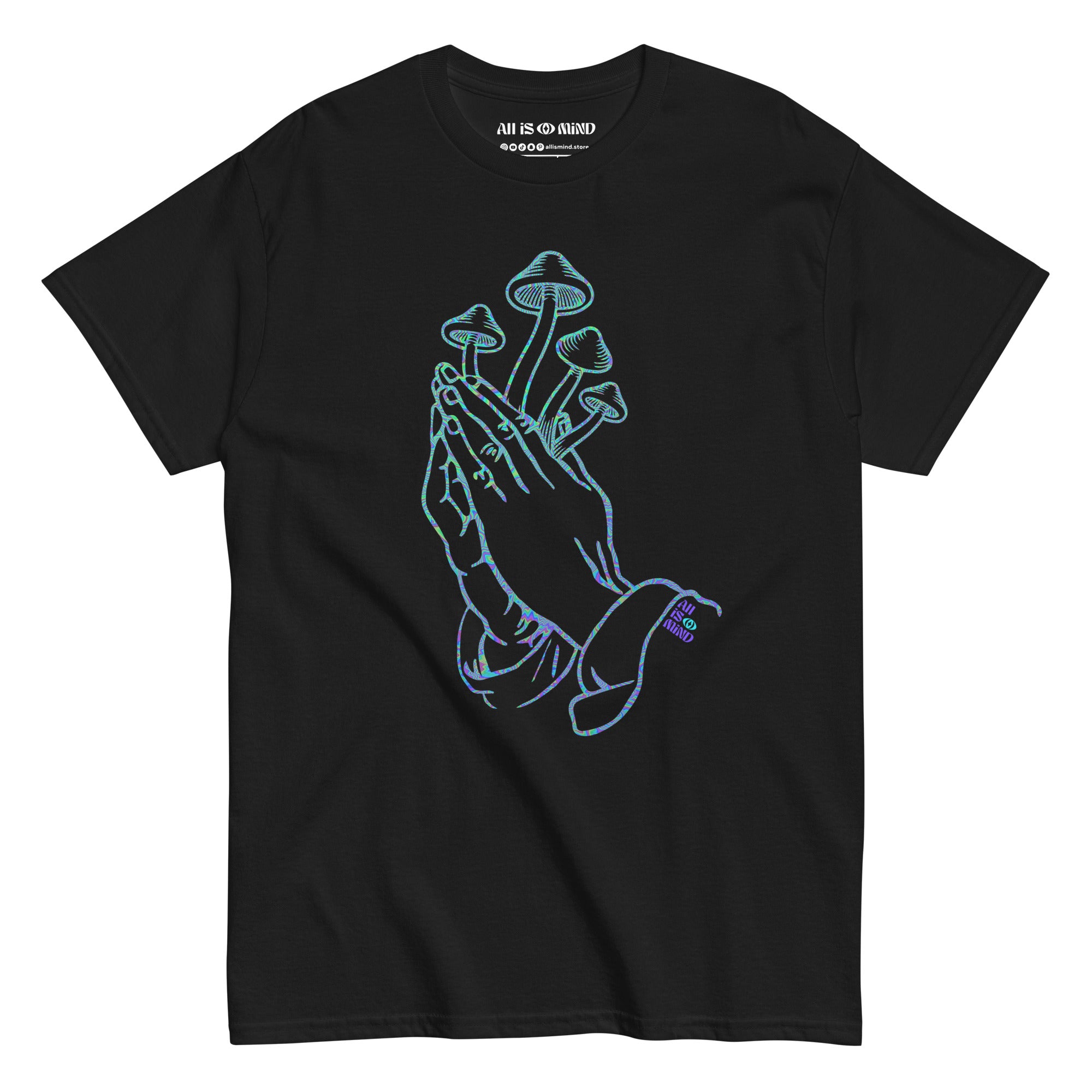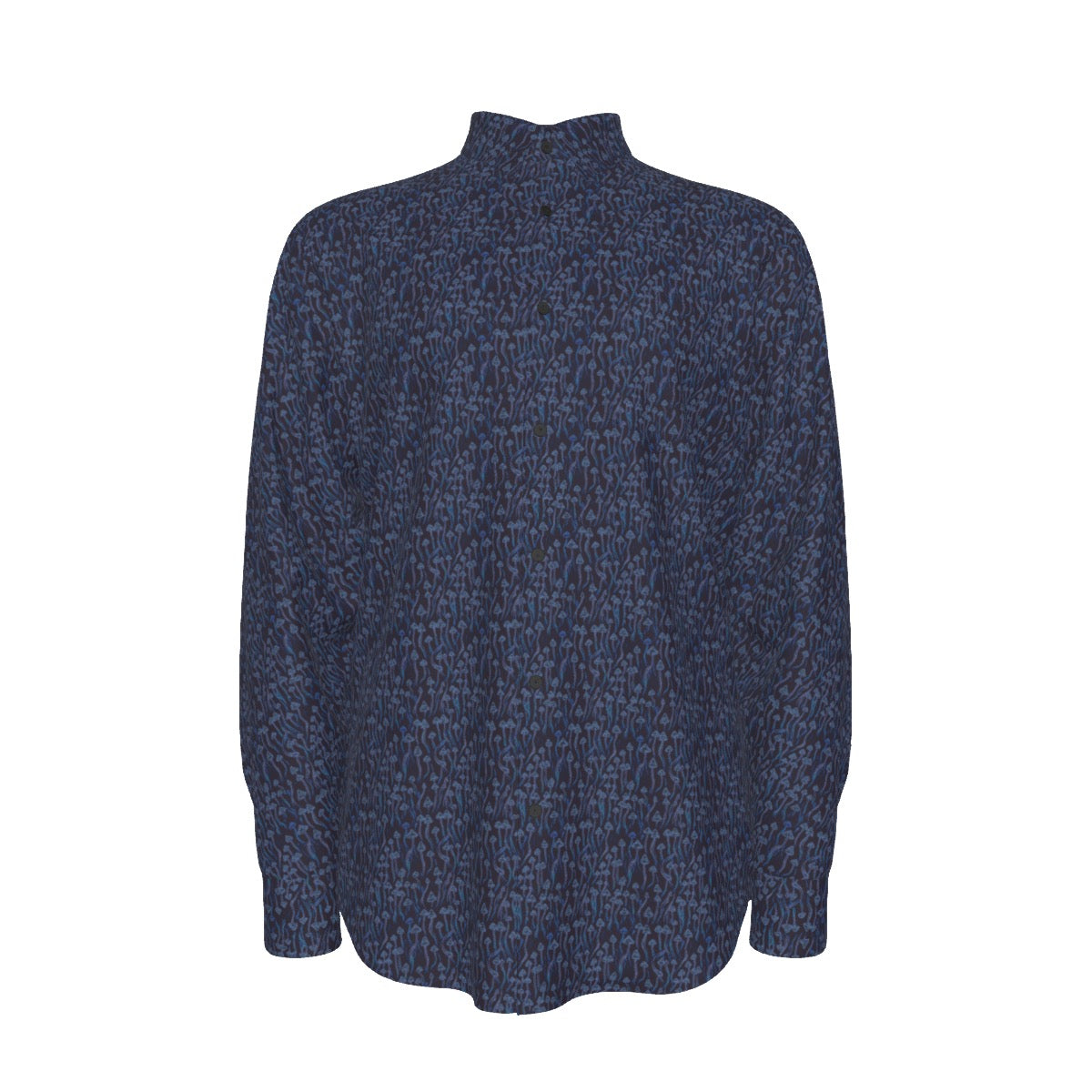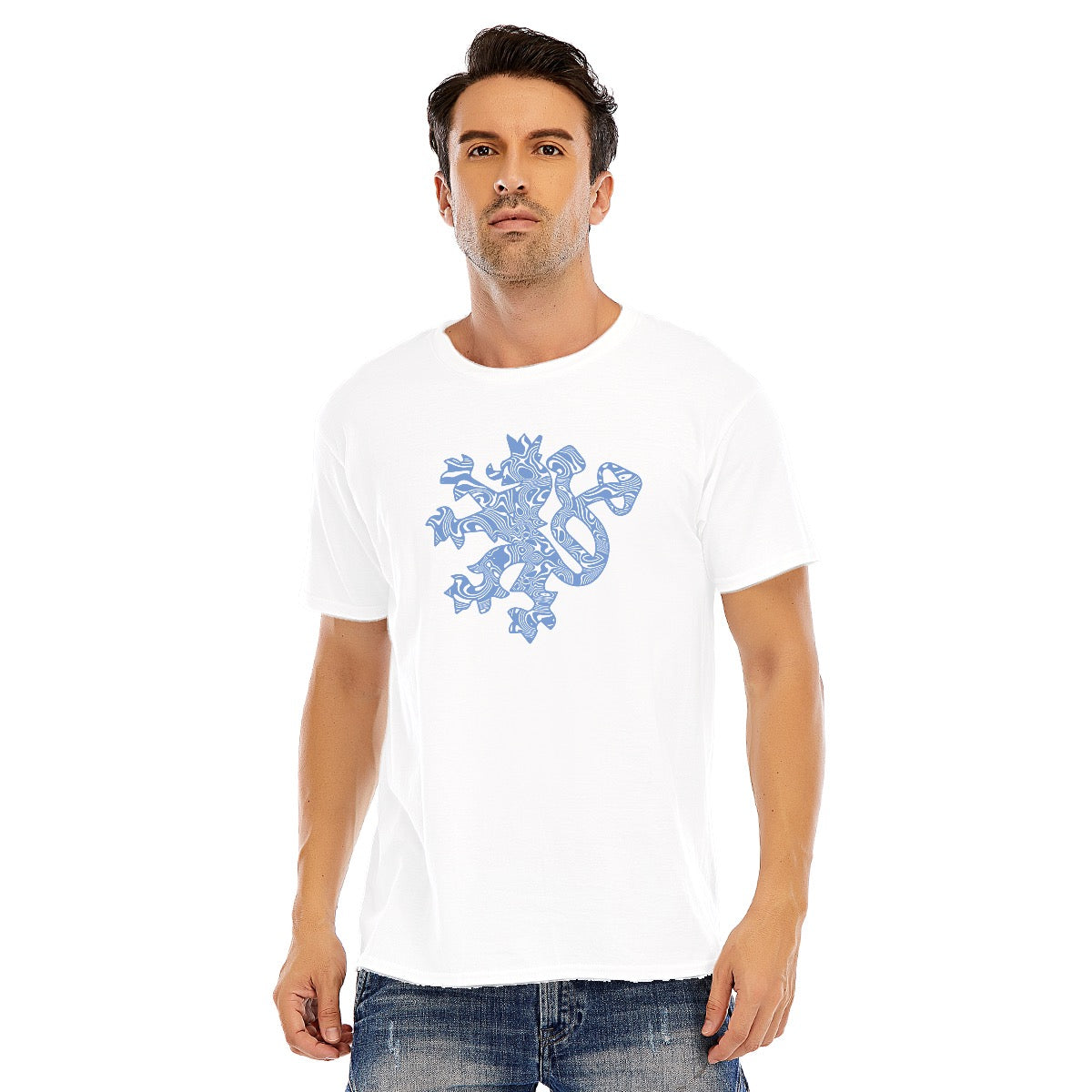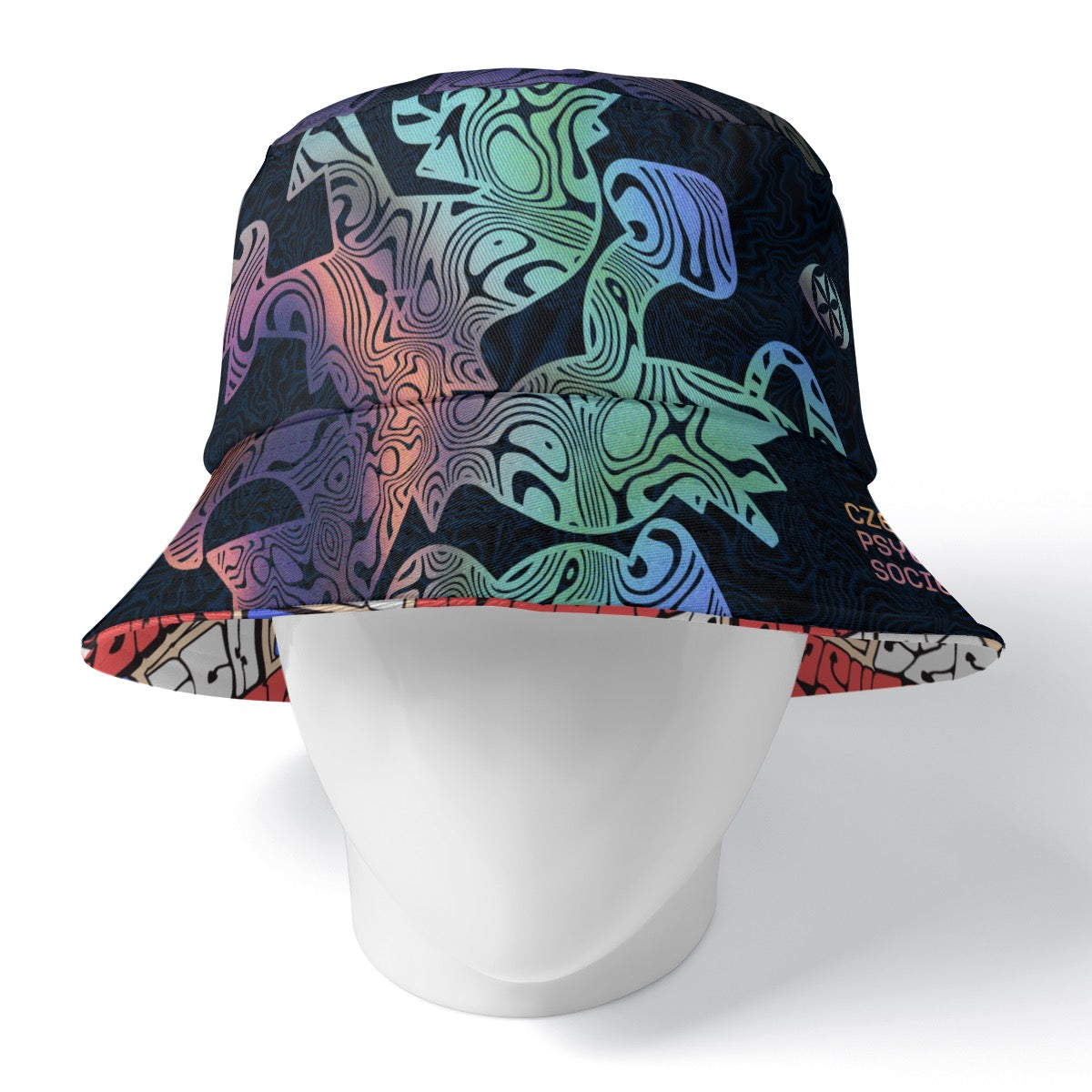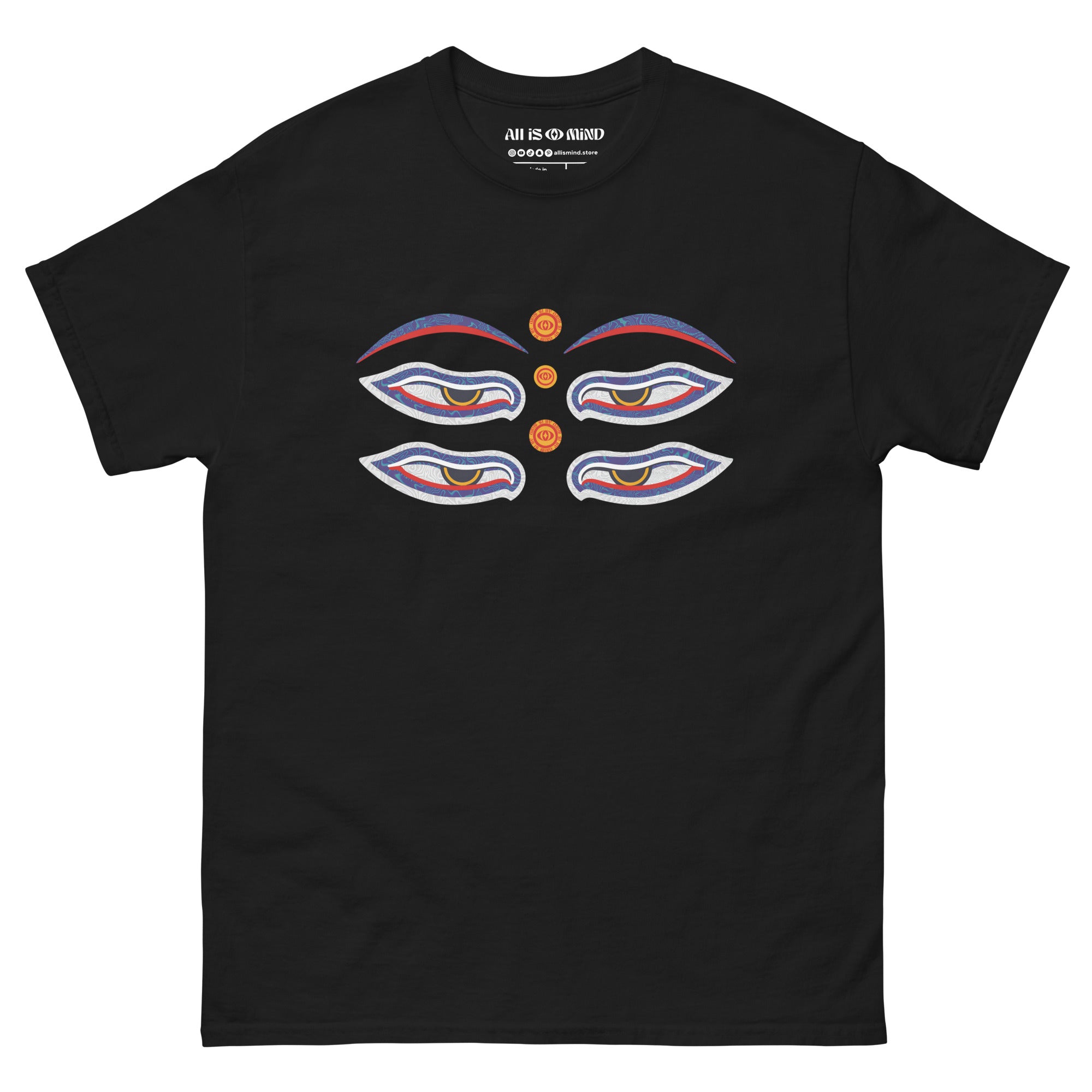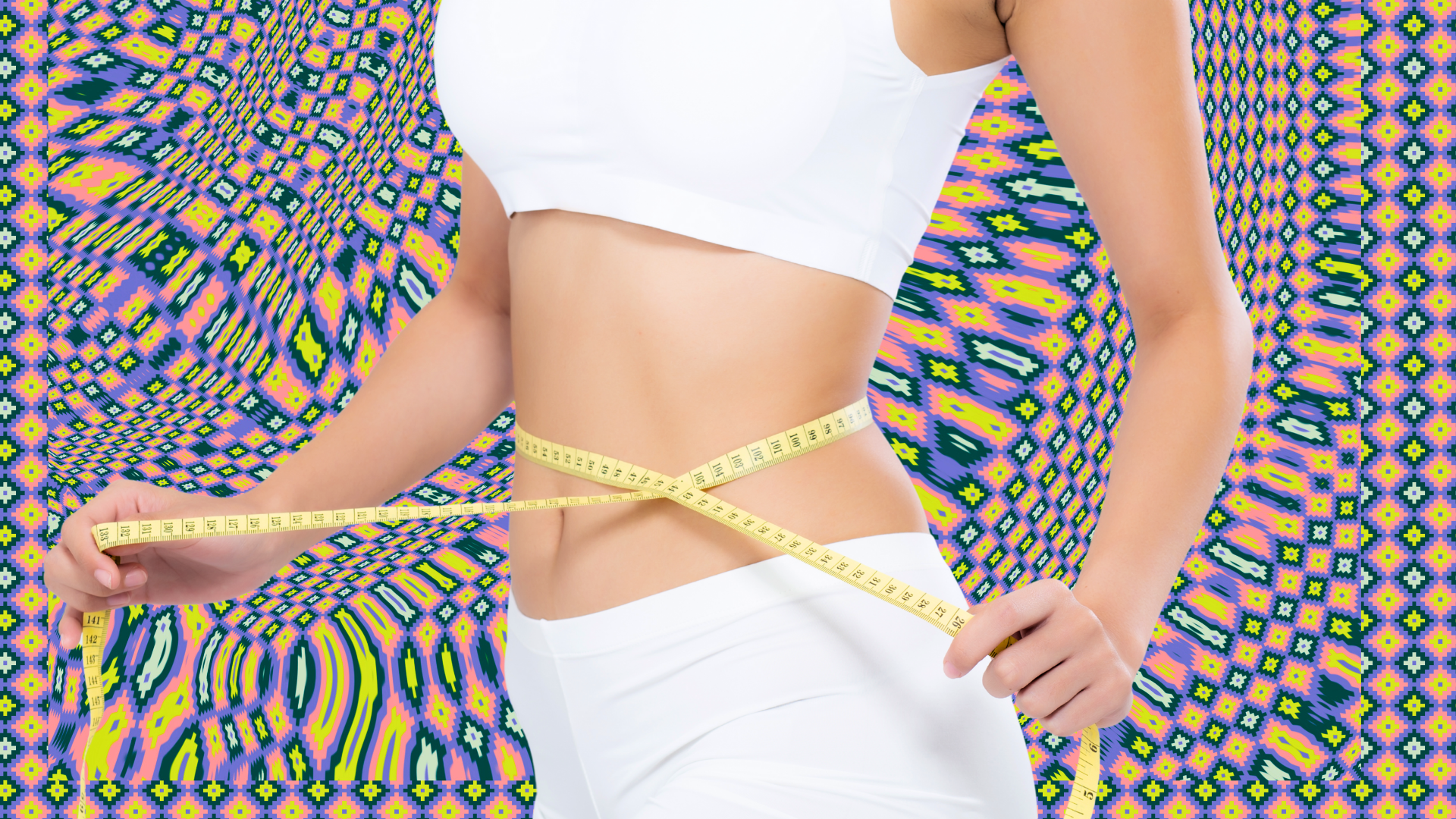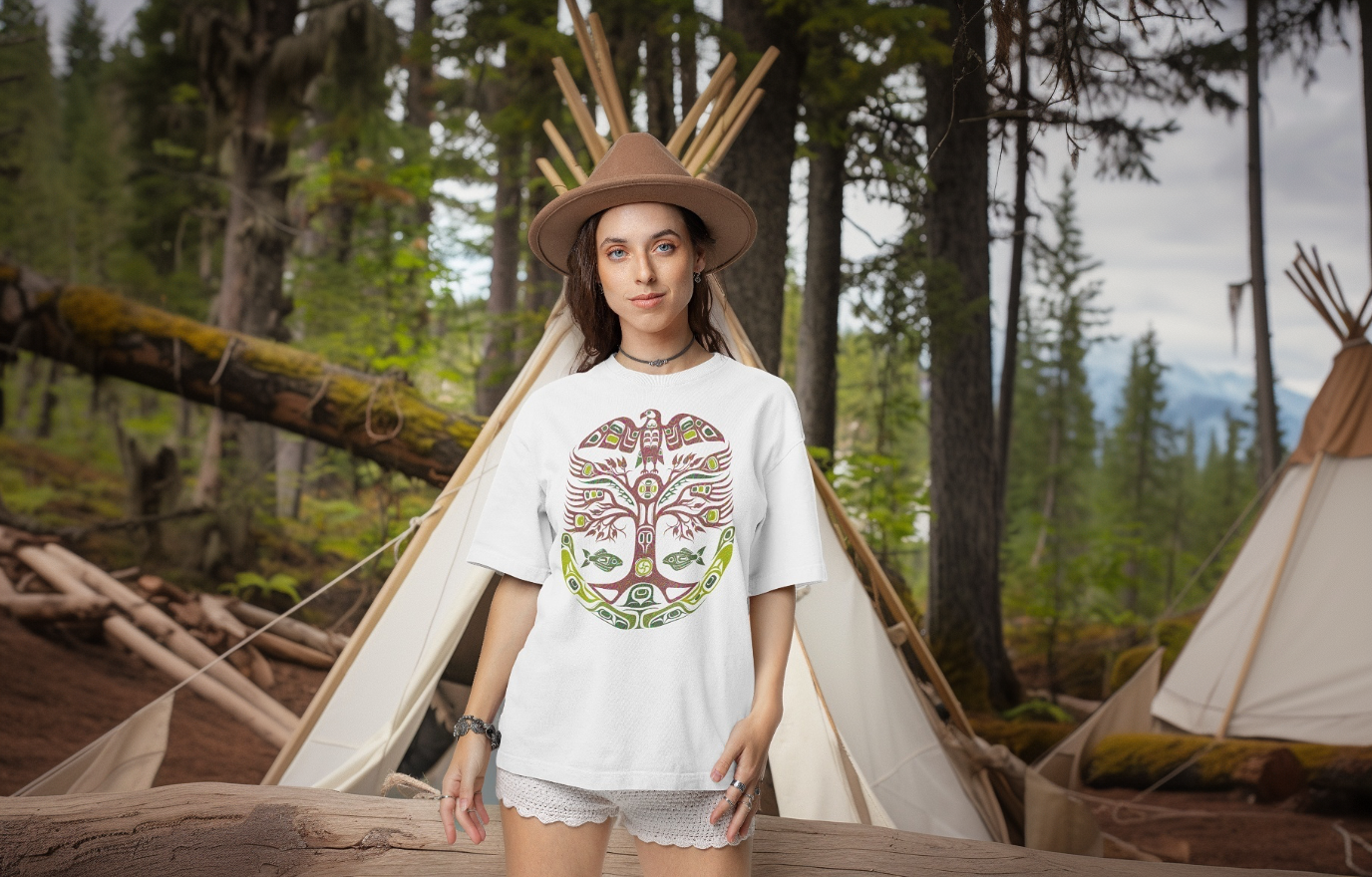You might usually wear a Medium. But here’s the thing—there’s no universal sizing standard. A Medium in one brand might fit like a Small or Large elsewhere. That’s why taking a few mindful minutes to measure yourself before ordering is more than practical—it’s powerful.
It’s about knowing your body.Choosing with clarity.And letting your clothes support you, not the other way around.
✨ Why measuring yourself is worth your time
We know—it might feel easier to just “pick your usual size.” But sizing isn’t universal. A Medium in one brand might fit like a Large in another. That’s why taking a few mindful minutes to measure your body before ordering isn’t just practical—it’s an act of self-awareness.
It also helps avoid the stress of returns or disappointment. Since we don’t accept returns for wrong sizing, this moment of care on your end matters. A lot.And honestly? It’s a beautiful thing to take a pause and check in with your body. To know where you are. To choose with clarity.
📐 How to measure yourself, with presence
Tips for More Accurate Measurements
-
Measure yourself twice and average any differences of ≤ 0.5 cm.
-
Update your measurements every 6 months – your body can change.
-
When measuring yourself: use a mirror and make sure the tape is parallel to the ground.
-
Record your measurements – it will save you time during future purchases.
-
Measure in the morning – your body isn’t swollen from the day’s activities.
-
For chest and hip circumference, add 2–6 cm to your measured values depending on your preferred fit (more tailored or looser).
Detailed Guide for Proper Body Measurement
Preparation for measuring
What to wear:
-
Light underwear or close-fitting clothing
-
The bra you plan to wear with the specific piece
-
Remove your shoes – shoes can affect your stance
Tools:
-
Measuring tape (most accurate)
-
If you don’t have a tape: use a string, ribbon, hoodie lace, or belt + a ruler to check the length
-
Elastic band to mark your waist
-
Mirror for control
-
Another person for more accurate results
Step by step: basic measurements
-
Bust/Chest circumference
-
Measure over the fullest part of your bust (over the nipples)
-
Keep the tape horizontally around your body, under the shoulder blades at the back
-
Keep your arms relaxed by your sides
-
The tape should be snug but not tight
-
-
Waist circumference
-
Find the narrowest part of your torso (usually 2–3 cm above the navel)
-
Tip: bend to the side – where your body creases, that’s your waist
-
Tie a ribbon around your waist for exact placement
-
Don’t suck in or push out your belly while measuring
-
Measure while breathing naturally
-
-
Hip circumference
-
Measure over the widest part of your hips and buttocks
-
Usually 18–20 cm below the waist
-
Keep your feet together while measuring
-
Hold the tape horizontally around your body
-
-
Inseam (for pants)
-
Measure from the crotch to the floor along the inside of your leg
-
Stand with legs slightly apart
-
Subtract about 3 cm from the measured value
-
Smart Tricks for Measuring Without a Tape
If you don’t have a measuring tape, use:
-
Common items with known sizes:
-
Banknote: 15.24 cm (US Dollar length)
-
A4 paper: 29.7 cm tall, 21 cm wide
-
Smartphone: look up the size in your device's specs
-
String + ruler: mark the length with a pen and then measure
-
-
Printable tape:
-
Print and glue together the segments
-
Verify accuracy with a ruler
Measuring and Comparing with Size Charts
For each product, proceed as follows:
-
Measure yourself according to the step-by-step guide above
-
Find the specific size chart for the item (not a general brand chart)
-
Compare your measurements with the garment’s actual measurements, not just the body size chart
-
Choose the size based on the most important measurement:
-
For tops and dresses: bust circumference
-
For jeans and pants: hip circumference
-
For skirts: waist or hip circumference, depending on the cut
-
Tips for More Accurate Measurements
-
Measure yourself twice and average any differences of ≤ 0.5 cm
-
Update your measurements every 6 months – your body changes
-
When measuring yourself: use a mirror and check that the tape is parallel to the ground
-
Record your measurements – it will save you time with future purchases
-
Measure in the morning – the body is not swollen from the day
🌱 In closing
Taking five minutes to check your body’s current proportions is more than logistics.
It’s an act of self-connection.
It’s how you make sure your new piece truly fits—not just your body, but your life.
And that’s what conscious style is all about.

